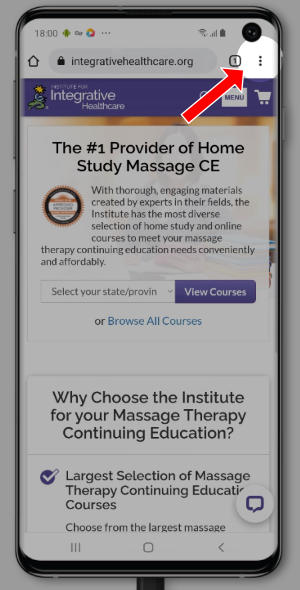

As massage therapists, we are reluctant to admit that we are experiencing pain and injuries in our hands and arms. After all, we are supposed to know how to avoid it or at least how to treat it.
These days, the need to work more and more just to make ends meet is a real factor in our decisions about taking on more and more clients. These economic influences, along with our natural desire to help more people – and help each person more – tends to combine to create a perfect storm in which we do more than we should. It takes a toll on our bodies.
In 1992, The Ultimate Hand Book estimated the attrition rate at about 80% for those leaving the massage therapy field, many due to injury and muscle strains. That was before the added stresses of the big economic recession that we have recently been through hit us. Massage therapist are having to work even harder now.
This overworking leads to many problems from thumb pain and repetitive stress injuries (RSI) to carpal tunnel syndrome and thoracic outlet syndrome. Many of the very same problems faced by office workers who spend hours hunched in front of a computer with the mouse in their right hand are the same things we are now facing. And the solutions are much the same as we tell those clients!
Here are six basic ways to address hand and wrist pain and strain.
- Body Mechanics! By being aware of and adjusting our body mechanics we will extend our massage career significantly. This means adjusting the table if it is too high and using legs to get us down to the client. An adjustment of even an inch or two can make a huge difference in our angle of pressure, and can make a huge difference in the level of pain and stress in our joints. This is why a hydraulic table comes in handy, as we can adjust the table height with each individual client already on the table for a perfect height each time. Body mechanics also means “stacking the joints” and using hand-over-hand placement to reinforce thumbs and fingers when working deep on clients. And, finally, this means regularly using tools, such as stones, hot packs and trigger point tools along with elbows and forearms to get pressure without putting undo pressure on our hands and wrists.
- Stretch. Stretching the shoulders, neck, chest and back as well as the arms and forearms can really go a long way towards maintaining the hands and wrists for a long career. A great stretch for the forearm is to extend the left arm palm down with elbows locked straight, then use your right hand to grab the hand and fingers on the left and pull that hand into flexion as far as is comfortable, and then into extension as far as is comfortable. Then switch hands, stretching the right forearm. Doing this before and after each massage will keep muscles in the forearm lengthened and pliable.
- Avoid Repetitive Stress Injuries (RSI). Alter your massage to allow for different movements with each session. When working, go back and forth between two areas using two different techniques in order to give your hands a break. Don’t engage in repetitive movements outside the massage room if you can avoid it. If you are having trouble with your hands and wrists in the massage setting, you may want to avoid taking up knitting!
- Rest. Monitor your work schedule and don’t allow yourself to become overbooked. When moving into a busier season, be sure to allow yourself to become acclimated to the new workload. In fitness training, it is recommended that we increase our workload by no more than 10% each week, with 5% being seen as the norm. As massage therapists, we should try to avoid sudden increases in our workload from one week to the next. This sudden increase in workload and pressure sets us up for injury, sprains and strains.
- Take Breaks! During the workday, take breaks to give arms, wrists and hands a break. Ask for a 30-minute break between every three or four clients in order to give hands and wrists a break. Even if you end up doing side work it gives you a break from the constant pressure maintained during a massage session.
- Don’t work too deeply for you! The client may be begging for deeper work but if that means physically hurting yourself to do it, all you will accomplish is destroying your career. Just as on an airplane you are supposed to put the air mask on yourself first, then assist others, so too during a massage session you must avoid injuring yourself first, and then you may assist others. It can be difficult when clients are asking for more pressure and you know that, while you may be able to accommodate them, it puts you at significant risk of injury. It takes real self-worth and self-caring to say “No,” refusing to risk injury. Many times managers will put pressure on massage therapists to work deeper for clients that specify they want that. Massage therapists need to simply work as deeply as is comfortable and safe for them to work, while tailoring the service as much as is possible to the clients’ needs.
Providing bodywork services can be very satisfying work, but it is also very physically demanding. It is important to not get caught up in trying too hard and putting yourself and your career at risk. By using correct body mechanics, stretching, giving yourself the necessary time to recover both during the work day and on rest days, and being conscious of what is comfortable and what is a dangerous pressure for you to be working at, you can protect your hands and your livelihood for years to come.
Recommended Reading:














One Response to 6 Ways to Protect Your Hands